Card Readers on Gas Pumps Explained: Protect Your Data Today
Card Readers are electronic devices that securely read payment details from debit or credit cards and sends it off for authorization. Whether it’s using a magnetic stripe, EMV chip, or NFC for contactless payments, card readers ensure quick and ensure transactions.
These devices found in terminals, ATM, or gas pumps handle three key tasks:
- Capturing data.
- Encrypting it.
- Sending it to the bank for approval.
This entire process happens within seconds, giving you a smooth and fast payment experience.
Table of Contents
How Card Readers on Gas Pumps Work
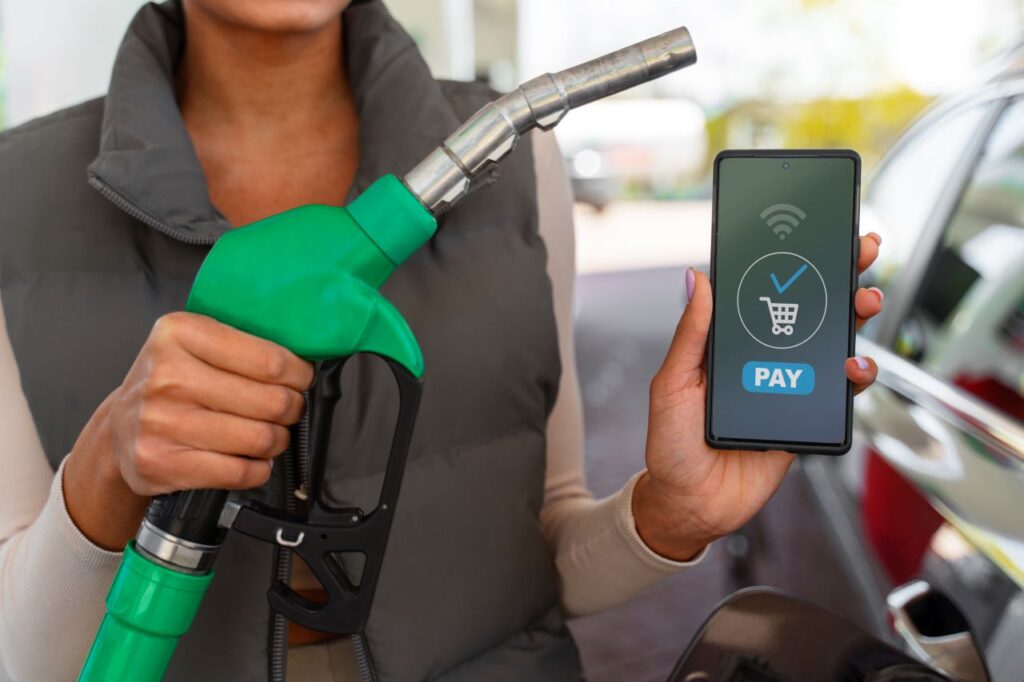
When you swipe, insert, or tap your card, card readers on gas pumps swiftly process your payment by reading, encrypting, and transmitting your data, completing the authorization all under in ten seconds.
1. Read
The card readers on gas pumps actively perform the first process of payment processing by performing extracting data by different methods depending on the type of card you are use.
- Magnetic‑Stripe Mode: When you swipe your card the magnetic sensors in the reader are activated that extract basic details like the card number and expiration date.
- EMV Chip Mode: Placing your card into the reader the EMV chip and your card exchange a unique, secure code to protect your payment.
- Contactless (NFC) Mode: Tapping your card or phone uses radio waves to send encrypted data securely and wireless to the reader.
2. Encrypt
Once your card’s data is read, it is immediately transformed into an encrypted packet for security. Magnetic stripes encrypt statistic data, while EMV chips create a unique one-time code and NFC payments use tokens to replace your details with a temporary, disposable token. These measures make stolen data nearly impossible to use.
3. Transmit
Next, the encrypted packet to your issuing bank through a secure, PCI-compliant network. The bank reviews your all the details and gives an approval or declination to the payment in seconds. If it approves, the pump unlocks so you fuel up. If declined, the pump stays locked and displays an error.
Card Skimmers
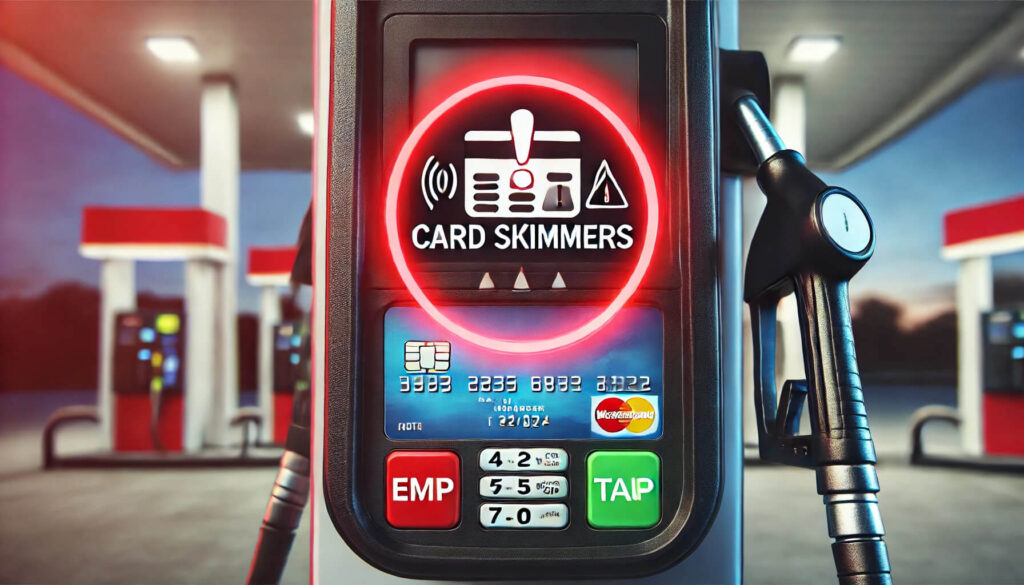
Card skimmers are small, illegal gadgets that fraudsters install gas pumps to steal the records encoded in your card’s magnetic stripe during a transaction. Although these skimmers first showed up in 2015, their use has exploded nationwide since then.
In the beginning, criminals attached skimmers to the outside of pump card readers, in which they were sometimes visible to consumers. Today, however, most skimmers hide deep within the pump and use Bluetooth or mobile transmitters to wireless transfer stolen card and PIN statistics to thieves. Even though these hidden skimmers first regarded in 2015, their presence has surged across the U.S.A.
Despite regular inspections by authorities, which result in the removal of hundreds of skimmers each year, just one device can cause significant harm. An undetected skimmer is capable of generating up to $1 million in fraudulent charges before it’s found. Consequently, these covert devices pose a substantial threat to anyone who uses card readers at gas pumps.
The Rise of Card Skimming
Skimming attacks on card readers are getting more common, setting many humans’ money at risk.
| Metric | Details |
|---|---|
| Total card impacted (H1 2023) | 120,000 cards (77% increase from 2022) |
| Financial institutions affected (20220 | 3,000 unique institutions |
| Increased in compromised cards (2021-2022) | 368% |
| Cards compromised at skimming attack | 185+cards (2022) |
Risks of Card Skimming on Gas Pumps
Despite the enhancement in modern encryption methods, the card readers on gas pumps can still be targeted by thieves who can add hidden skimming devices. This means there’s always a risk that your card information could be stolen when you pay at the gas pump.
1. How Skimmers Target Card Readers on Gas Pumps
Thieves set up hidden gadgets, like a skinny cover or internal skimmer, onto real card readers at gas pumps. These gadgets steal your card’s data, such as the card number and expiration date, every time you swipe or insert it—without showing any signs and symptoms of tampering.
2. Why Magnetic-Stripe Data is Easy to Steal
In contrast to EMV chips that create a completely unique code for every transaction, magnetic stripes store the equal unchanging records. This makes it easy for criminals to duplicate the information and use it again and again. In fact, reports show gas-pump skimmer incidents rises up by way of 23% between 2022 and 2024, making gas stations common targets for card fraud.
3. The Extra Risk of PIN Theft
Thieves don’t just stop at skimmers. In addition, they use tiny cameras, or fake keypads close to card readers to file your PIN entries. This means in case you use a debit card at the pump, both your card information and PIN can be stolen, doubling your risk of fraud.
4. What Happens if You’re a Victim
Victims frequently don’t notice anything until they see suspicious costs weeks later. At that point, fixing the trouble can take a number of days and effort. When credit card fraud normally limits your loss to $50, debit card fraud can drain your bank account and freeze your price range quickly, inflicting even greater stress.
5. Why You Should Use a Credit Card at Gas Pumps
Using a credit card is much more secure than a debit card. Credit playing cards have better fraud safety, don’t require a PIN, and limit your monetary legal responsibility. This will help maintain your cash secure when paying at the pump.
How to Spot a Card Skimmer
In case you ever notice something unusual about a card reader — whether it’s at a gas pump, ATM, or any fee terminal — act immediately. First, stop your transaction and file it to staff or customer service in order to inspect and remove any suspicious tool.
1. Check for a Tampered Appearance
Begin by using looking closely at the card slot. If it seems bulkier than ordinary, has mismatched colors, or shows greater adhesive, that’s a clear caution sign. Genuine card readers in shape snugly and blend seamlessly with the machine’s surface.
2. Feel for Loose or Removable Parts
Next, gently wiggle the card reader’s slot and surrounding panels. Fraudsters regularly install skimmer overlays that sit on the top of the real reader — those overlays can shift or circulate while touched. A cozy reader should not budge under little pressure.
3. Inspect the Keypad for Fake Overlays
Then, look at the keypad before coming into your PIN. A counterfeit keypad may also sit down on top of the original one, making buttons feel sticky or uneven. Additionally search for color variations, thicker edges, or unusual gaps across the keys.
4. Search for Hidden Cameras
In the end, scan the area around the reader and keypad for tiny pin‑hole cameras geared toward taking pictures PIN entries. Real safety cameras are commonly mounted higher up and by no means focus directly on the keypad. If you spot any small holes, wires, or reflective surfaces near the cardboard reader, avoid using that terminal and report it right away.
How to Protect Yourself When Using Card Readers
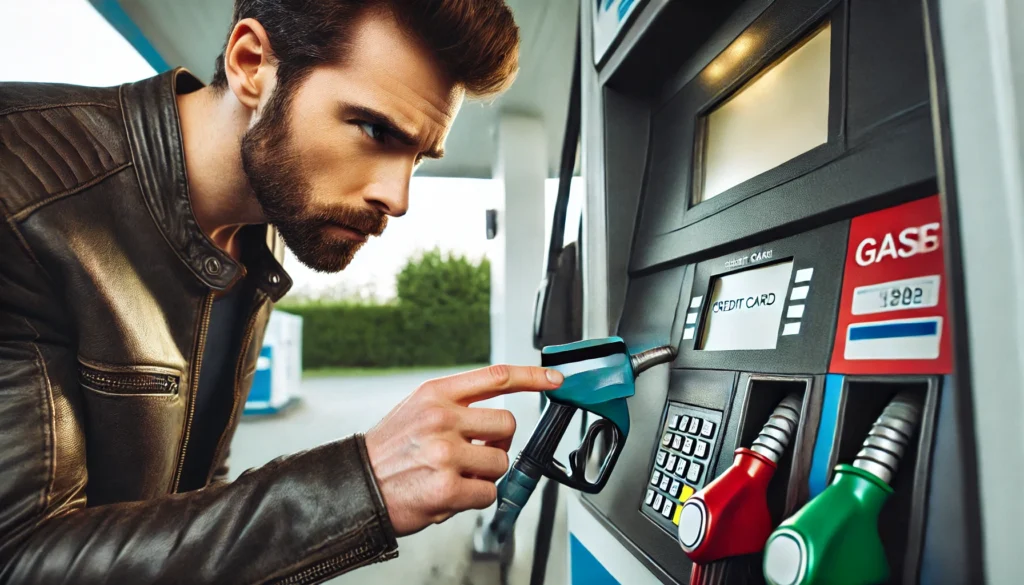
Even though criminals continuously develop new skimming techniques, you can dramatically reduce your danger by following these proactive steps whenever you pay on the pump.
1. Choose Credit Instead of Debit
First and fundamental, always try to pay with a credit card instead of a debit card. Credit cards come with more stronger fraud protections and don’t require you to enter a PIN — so if a skimmer on a gas pump’s card reader captures your card number, thieves cannot withdraw cash from your bank account right away.
2. Pay Inside Whenever Possible
Moreover, indoor payment terminals are far much less likely to be tampered with than unattended card readers on gas pumps. If the weather allows, take a moment to step inside the gas station and complete your transaction at the counter. This simple habit cuts out plenty of the skimming risk.
3. Inspect Before You Swipe, Dip, or Tap
Before than placing or tapping your card, study the cardboard reader at the pump closely. Look for loose edges, mismatched colors, or extra bulk around the slot — all telltale symptoms of a skimming overlay. Subsequent, supply the reader a gentle wiggle; it should remain firmly in place. If anything appears off, choose a different pump and report your concerns to station staff.
4. Always Shield Your PIN
Each time you must enter a PIN, cover the keypad along with your free hand. This motion prevents hidden cameras or prying eyes from recording your PIN on card readers at gas pumps, effectively blockading a common tactic used alongside skimming gadgets.
5. Use Contactless Payments Whenever Available
Additionally, contactless (NFC) transactions bypass the physical card slot completely — eliminating the risk that a skimmer can copy your card’s information. As a result, tapping your card or mobile wallet on the pump is one of the most secure approaches to pay.
6. Monitor Your Accounts Daily
Finally, check your bank and credit card statements every day or install real-time transaction alerts. In case you observe any unauthorized charge — regardless of how small — contact your card issuer right away. Quick reporting now not only limits your liability however also facilitates financial institutions identify and remove compromised card readers on gas pumps faster.
What to Do If Your Card Is Compromised
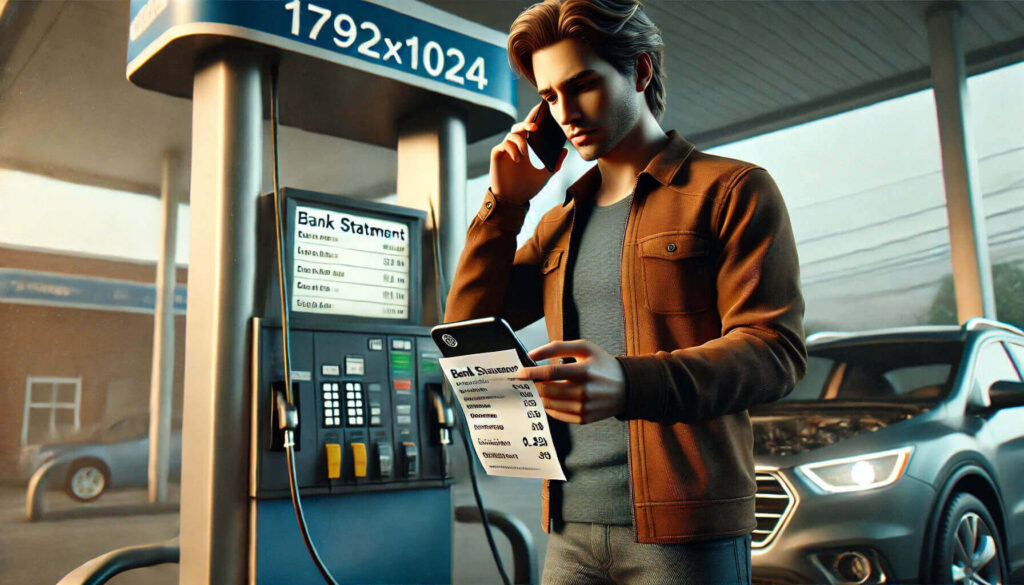
In case you discover that your payment card information was stolen—specifically from a gas‑pump card reader—take these steps immediately to shield yourself and limit any financial loss.
1. Call Your Bank or Card Issuer Immediately
As soon as you notice a strange price, grab your phone and dial the customer‑carrier variety imprinted on the back of your card. Explain which you suspect card skimming and request that your card be canceled and replaced. Your bank will freeze the compromised account so no in addition transactions can go through, then issue a brand-new card (typically within five–7 enterprise days). Most issuers additionally reverse fraudulent expenses automatically so you gained be held responsible for unauthorized spending.
2. Review Recent Transactions in Detail
Subsequent, log in for your on-line banking portal or cellular app and carefully overview each transaction from the past weeks. Don’t ignore small or oddly‑named charges—fraudsters often take a look at stolen card records with minor purchases earlier than making large withdrawals. Flag each suspicious transaction and word the date, service provider call, and amount to share with your bank.
3. File a Fraud Dispute
After figuring out unauthorized fees, begin the bank’s fraud‑dispute manner. You could generally entire a dispute form online or over the phone. Offer clear information for every price—consisting of transaction date and quantity—to assist speed up the investigation. Underneath federal law, you’re included from liability for fraudulent credit score‑card prices, and lots of banks provide zero‑liability for debit playing cards too.
4. Enable Real‑Time Alerts
To live informed going ahead, set up immediately textual content or e-mail indicators for any transaction for your substitute card. This manner, you’ll recognize the moment someone tries to apply your compromised records again allowing you to act before full-size damage occurs.
5. Place a Fraud Alert or Credit Freeze
Contact one of the three major credit score bureaus (Equifax, Experian, or TransUnion) to place a loose fraud alert in your credit score document. This forces lenders to verify your identity before approving new credit to your call. For stronger protection, consider a complete credit freeze, which blocks all new credit programs until you raise it.
6. Report the Incident to Authorities
Record a record together with your neighborhood police department describing how and whilst you agree with the skimming occurred. Then go to IdentityTheft.Gov to report an FTC report—this creates a professional record of the fraud and generates a restoration plan tailored in your scenario.
7. Adopt Safer Payment Habits
Finally, learn from the experience by changing how you pay at card readers on gas pumps. Constantly look into the reader for signs and symptoms of tampering, cover your PIN entry together with your hand, pick contactless tap‑to‑pay each time possible, and favor credit cards over debit cards for better fraud protection. These simple habits dramatically lessen your threat of falling victim to skimming again.
How to Prevent Card Skimming at Gas Pumps
The practical steps that regulators, station owners, and drivers can take to eliminate skimming risks and keep card readers on gas pumps secure.
1. Deploy Anti‑Skimming Technology for Gas Pumps
Gas station owners can preserve customers’ card statistics safe and reduce fraud by way of using anti-skimming devices. These equipment are designed to spot, stop and prevent skimming on gas pump card readers, supplying strong safety in opposition to criminals.
| Objective | How It Works | Benefit |
|---|---|---|
| Detection | Uses sensors to spot unusual modifications or magnetic‑field disturbances in the card reader | Immediately locks down the reader and sends alerts to operators for rapid investigation |
| Prevention | Employs jamming signals, PIN shields, and encryption to render skimmers ineffective | Stops criminals from harvesting card numbers or PINs, deterring further tampering |
| Alerting | Integrates with remote monitoring systems to notify staff via SMS or dashboard alerts | Enables quick response, minimizing exposure time of any compromised pump |
2. Conduct Regular Physical Inspections
Next, train station employees to look into card readers on gasoline pumps each day — ideally on the start of every shift. Staff should follow a simple checklist:
- Study the cardboard slot for unfastened edges, mismatched shades, or adhesive residue.
- Lightly wiggle the reader to make sure it doesn’t detach.
- Test the keypad vicinity for unusual overlays or tiny pin‑hollow cameras.
- Look beneath and around the pump for uncovered cables or hidden booths.
If any irregularity appears, personnel need to right now disable the pump, record the locating with pics, and notify each the price processor and local authorities for rapid removal of capability skimmers.
3. Encourage Customer Vigilance
Finally, empower drivers to defend themselves on the pump. Place clear, eye‑catching signage next to every card reader on gas pumps, educating customers to check out before swiping or tapping. Remind them to cover their PIN access with a loose hand and to pick out contactless or credit-card payments — each of which lessen skimming chance. You could additionally share short protection guidelines on pump show screens or through station cell apps. By way of fostering a way of life of focus, gasoline stations flip each purchaser into an extra line of protection in opposition to skimming fraud.


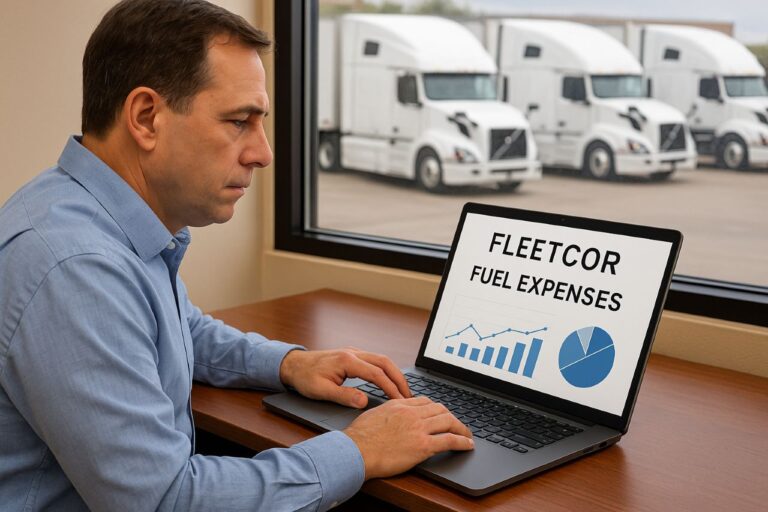
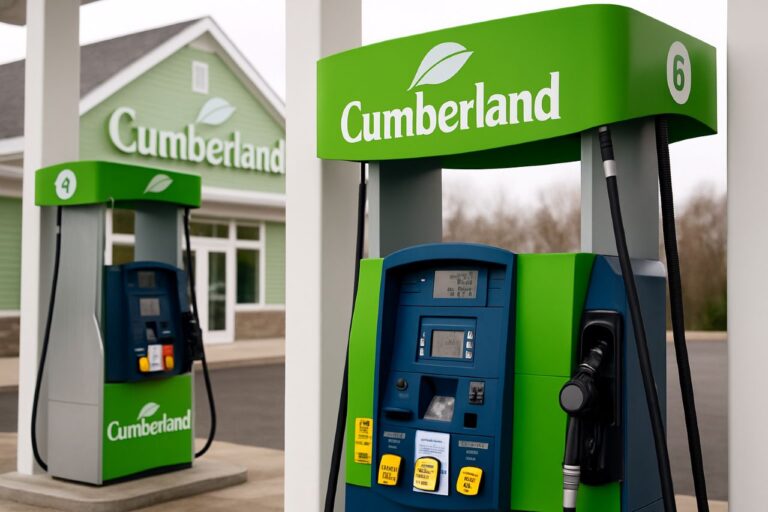


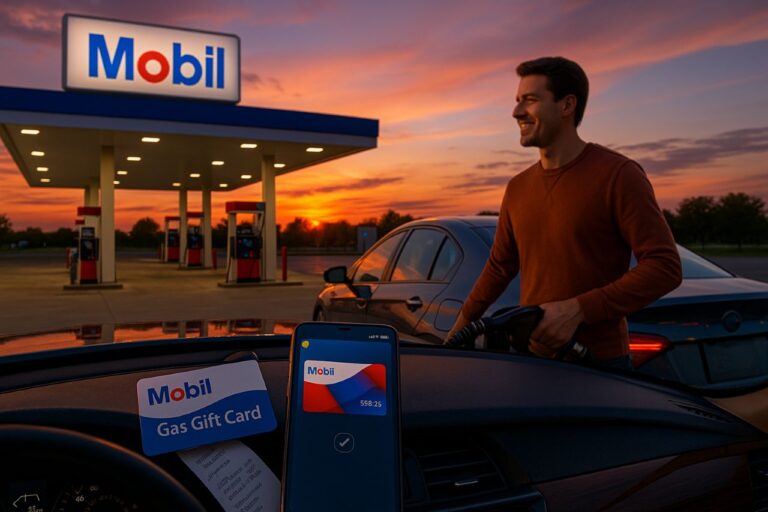

2 Comments